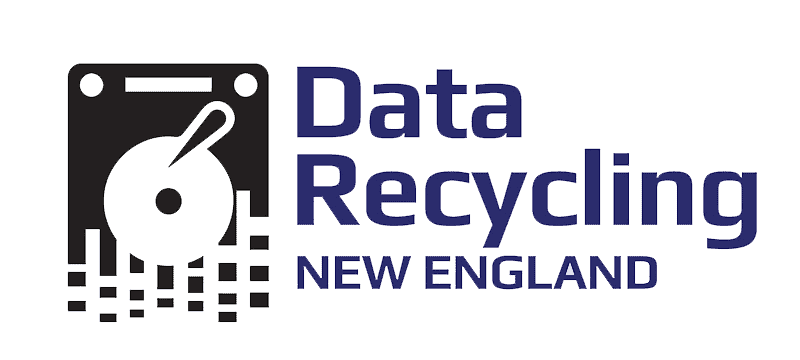Data Destruction and Information Privacy Laws
Did you know that when it comes to information privacy laws the United States is fairly lax? With the European Union implementing GDPR last year it’s never been more prominently highlighted. In fact, in the US, with the exception of a few very specific laws (HIPPA, COPPA, and FACTA) most of the other regulations on the books have loopholes that can render them nearly useless.
For the most part, within the United States, “whoever can be troubled to key in the data is deemed to own the right to store and use it, even if the data was collected without permission.” This is pretty scary when you consider just how easily someone could get their hands on your personal information.
So, with just about anyone legally allowed to use and store your information (except in very specific circumstances), how can you keep your personal and business data safe? That’s where proper data destruction methods come into play. Simply clicking delete on your files and moving them to the trash bin won’t fully remove them from your hard drive, and any nefarious person looking to get their hands on your data may be able to restore everything you think you’ve deleted.
In order to completely delete your information you use a couple different methods (or, for extra protection, all three!):
- Blanking the hard drive: When you delete information from a hard drive, it doesn’t actually go anywhere. It becomes undiscoverable to the operating system but can be easily brought back using software. By blanking a hard drive you are overwriting the information on the entire drive. That means that even when someone finds the hard drive and uses software to restore the contents, what they’ll see will be indecipherable gibberish.
- Erase with a Deguasser: A degausser is a device that destroys the data on a hard drive. Hard drives are, in reality, large magnets and when those magnetic fields are disrupted the data is disrupted with it. It should be noted that this won’t work with SSD hard drives, as they don’t contain the same magnetic technology.
- Physically destroy it: Finally, you can physically destroy the hard drive by shredding it. In the event that blanking and degaussing somehow fail, a hard drive that’s in hundreds of pieces is completely useless.
It’s important to note that all of these methods are extremely permanent. If you want your data to be temporarily inaccessible (for example, you don’t need that hard drive right now but you might swap it back in in the future), these are not the solutions for you. In those cases, you should encrypt your hard drives, which we will discuss in a future post.
At Data Recycling of New England, we can completely handle your personal and business data destruction needs. Contact us today!
